Dry Valleys Ecosystem Study
What Are They Doing?
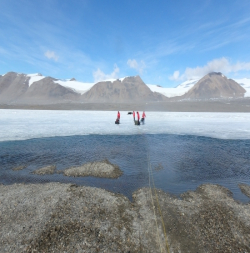 This small boat attached to ropes and a pulley system is used to ferry people and equipment across the moat to the lake ice. Photo by Joshua Heward.
This small boat attached to ropes and a pulley system is used to ferry people and equipment across the moat to the lake ice. Photo by Joshua Heward.
The McMurdo Dry Valleys Long-Term Ecological Research (MCM LTER) Program is an interdisciplinary and multidisciplinary study of the aquatic and terrestrial ecosystems in an ice-free region of Antarctica. MCM joined the National Science Foundation's LTER Network in 1993 and is funded through the Office of Polar Programs in six year funding periods. The McMurdo Dry Valleys (77°30'S 163°00'E) on the shore of McMurdo Sound, 2,200 miles (3,500 km) due south of New Zealand, form the largest relatively ice-free area (approximately 4,800 sq km) on the Antarctic continent. These ice-free areas of Antarctica display a sharp contrast to most other ecosystems in the world, which exist under far more moderate environmental conditions. The perennially ice-covered lakes, ephemeral streams and extensive areas of exposed soil within the McMurdo Dry Valleys are subject to low temperatures, limited precipitation and salt accumulation. The dry valleys represent a region where life approaches its environmental limits, and is an end-member in the spectrum of environments included in the LTER Network. The overarching goal of MCM LTER research is to document and understand how ecosystems respond to environmental changes.

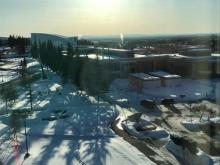

 Group photo of all neutrino hunters currently at the ceremonial South Pole. Photo by Rishabh Khandelwal.
Group photo of all neutrino hunters currently at the ceremonial South Pole. Photo by Rishabh Khandelwal.

 Completed infrastructure of an AWS.
Completed infrastructure of an AWS.

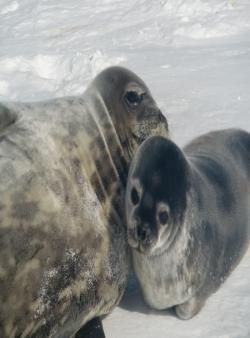 A Weddell seal and pup out on the sea ice near McMurdo Station, Antarctica. Photo by Alex Eilers.
A Weddell seal and pup out on the sea ice near McMurdo Station, Antarctica. Photo by Alex Eilers.

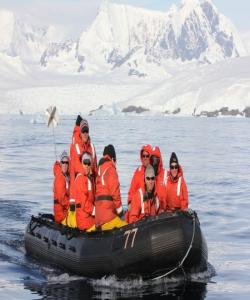 Nell Herrmann and scientists explore the waters on a zodiac near the Western Antarctic Peninsula. Photo by Nell Herrmann.
Nell Herrmann and scientists explore the waters on a zodiac near the Western Antarctic Peninsula. Photo by Nell Herrmann.

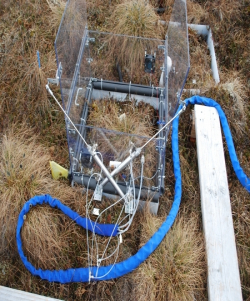 The smaller CO2 Flux Chambers, FC, are the control chambers and do not warm the ground. Photo by John Wood
The smaller CO2 Flux Chambers, FC, are the control chambers and do not warm the ground. Photo by John Wood

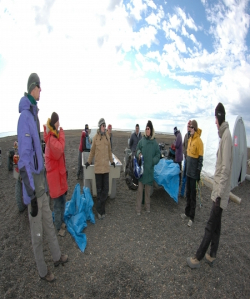 The team just arrived to Point Barrow and learned about the area and the protocol for the day. Photo by Elizabeth Eubanks.
The team just arrived to Point Barrow and learned about the area and the protocol for the day. Photo by Elizabeth Eubanks.

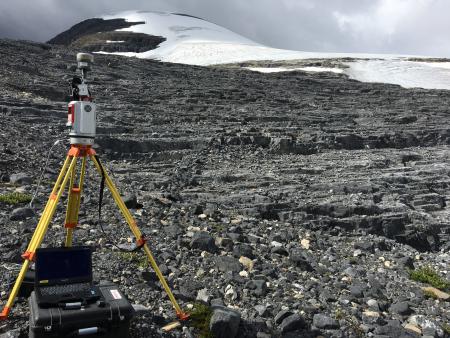 The forefield of Castleguard Glacier, Alberta, Canada, where the team made its first measurements using the terrestrial laser scanner in the foreground. Photo by Keith Williams
The forefield of Castleguard Glacier, Alberta, Canada, where the team made its first measurements using the terrestrial laser scanner in the foreground. Photo by Keith Williams
